

Articles
How To Store Dog Kibble
Modified: December 7, 2023
Looking for articles on how to store dog kibble? Discover valuable tips and tricks for keeping your pup's food fresh and tasty.
(Many of the links in this article redirect to a specific reviewed product. Your purchase of these products through affiliate links helps to generate commission for Storables.com, at no extra cost. Learn more)
Introduction
Properly storing dog kibble is essential for maintaining its freshness, nutritional value, and overall quality. As pet owners, we want to ensure that our furry friends receive the best nutrition possible, and that starts with how we store their food. In this article, we will explore the importance of proper dog kibble storage, the factors to consider before storing, tips for choosing the right storage container, and methods for preventing infestations and contamination.
When dog kibble is not stored correctly, it can lose its nutritional value, spoil quickly, and even become a breeding ground for bacteria or pests. By implementing the right storage techniques, you can extend the shelf life of your dog’s food and ensure they are getting the nutrients they need to thrive.
Before we delve into the specifics of proper storage, it’s important to note that not all dog kibble is created equal. Different brands and types of dog food have varying guidelines for storage and shelf life. Always refer to the packaging or manufacturer’s advice for specific instructions. However, the general principles of proper dog kibble storage remain the same across the board.
Without further ado, let’s explore why proper dog kibble storage is crucial and how you can implement the best practices to keep your furry friend’s food fresh and safe.
Key Takeaways:
- Properly storing dog kibble is crucial for maintaining its freshness, nutritional value, and safety. By choosing the right container, storing in a dry and cool location, and monitoring expiration dates, you can ensure your furry friend receives the best nutrition possible.
- Preventing infestations and contamination is essential for keeping your dog’s kibble safe and healthy. Use a secure container, maintain a clean storage area, and practice proper sealing to protect the kibble from pests and maintain its freshness.
Read more: How To Store Kibble
Importance of Proper Dog Kibble Storage
The quality and nutritional value of dog kibble can degrade over time if it’s not stored properly. Just like human food, exposure to air, light, heat, and moisture can lead to spoilage and the growth of harmful bacteria. Here are some key reasons why proper dog kibble storage is of utmost importance:
- Maintains Nutritional Value: Dog kibble contains essential vitamins, minerals, and nutrients that support your pet’s overall health. However, exposure to oxygen and light can cause these nutrients to break down, reducing their potency. By storing the kibble in a proper container, you can help preserve its nutritional value and ensure your dog gets the necessary nutrients.
- Prevents Spoilage: When dog kibble comes into contact with moisture, it can become damp and develop mold or bacterial growth. Consuming spoiled kibble can lead to digestive issues, food poisoning, and other health problems in dogs. Proper storage techniques, such as keeping the kibble in a dry and cool location, can help prevent spoilage.
- Minimizes Oxidation: Exposure to air can cause dog kibble to oxidize, leading to rancidity. This not only affects the taste but also reduces the nutritional value of the food. Sealing the kibble in an airtight container can help minimize oxidation and maintain its quality.
- Reduces Pest Infestation: Improper storage can attract pests like rodents and insects, who are always on the lookout for accessible food sources. Once infested, it can be challenging to get rid of pests and prevent them from contaminating the kibble. Properly sealed containers and regular cleaning can deter pests and minimize the risk of infestation.
- Cost-effective: Proper dog kibble storage can help prevent food wastage. When kibble is exposed to air, moisture, or pests, it may need to be discarded, resulting in unnecessary expenses. By ensuring proper storage conditions, you can extend the shelf life of the kibble and make the most of your purchase.
Overall, proper dog kibble storage is crucial to maintain the quality, safety, and nutritional content of the food. By implementing the right storage techniques, you can ensure that your furry friend is getting fresh and healthy food with every meal.
Factors to Consider Before Storing Dog Kibble
Before you embark on storing dog kibble, there are a few crucial factors to consider. These factors will help you make informed decisions on the storage container, location, and handling of the kibble. Let’s take a look at the key considerations:
- Kibble Type: Different types of dog kibble have varying storage requirements. Factors such as moisture content, fat content, and additional ingredients can impact the kibble’s shelf life. Always refer to the packaging or manufacturer’s instructions for any specific storage guidelines.
- Quality of Kibble: The quality of the dog kibble plays a significant role in determining its shelf life and storage needs. High-quality kibble often contains fewer preservatives and artificial additives, making proper storage even more critical to maintaining its freshness and nutritional value. Remember, higher quality kibble may have a shorter shelf life, so be mindful of expiration dates.
- Climate: The climate and temperature of your location should be taken into account when storing dog kibble. Extreme heat or cold can affect the quality of the kibble. It is best to store the kibble in a cool, dry place away from direct sunlight and fluctuating temperatures.
- Packaging: The packaging of the dog kibble should be inspected before storage. Ensure that the bag is intact, without any tears or holes that could expose the kibble to air, moisture, or pests. If the original packaging is compromised, transfer the kibble to a sturdier container with an airtight seal.
- Usage Rate: Consider how quickly your dog consumes the kibble. If your dog finishes a bag of kibble within a short period, you may not need to store it for an extended time. However, if your dog consumes the kibble slowly, proper storage becomes even more crucial to maintain its quality over time.
- Quantity: If you buy dog kibble in bulk, it’s important to have a storage container that can accommodate the larger quantity. Bulk buying can be cost-effective, but improper storage of large amounts of kibble can lead to spoilage and waste.
By considering these factors, you can ensure that you are taking the appropriate steps to store your dog’s kibble effectively. It will help you choose the right storage container, determine the ideal location, and adhere to proper handling practices to maintain the freshness and nutritional integrity of the kibble.
Choosing the Right Storage Container
When it comes to storing dog kibble, choosing the right storage container is crucial for maintaining its freshness and preventing spoilage. Here are some key factors to consider when selecting a storage container for your dog’s kibble:
- Airtight Seal: Look for a container that has a tight and secure seal. An airtight seal prevents air from entering the container, minimizing the risk of oxidation and keeping the kibble fresh for a longer period.
- Durable Material: Opt for a storage container made of durable material, such as plastic, glass, or metal. Make sure it is food-grade and free of any chemical additives that may leach into the kibble. The container should also be strong enough to withstand any potential chewing or scratching attempts by your furry friend.
- Size and Capacity: Consider the size and capacity of the storage container based on the quantity of kibble you need to store. It should have enough room to accommodate the entire bag of kibble without cramming or overfilling, which can lead to spillage and contamination.
- Easy to Clean: Look for a container that is easy to clean and maintain. Regular cleaning will help prevent the buildup of bacteria and other contaminants. Containers with removable lids or wide-mouth openings facilitate convenient cleaning.
- Opaque or UV Protection: To protect the kibble from light exposure, choose an opaque container or one with UV protection. Light can degrade the quality of the kibble and compromise its nutritional value.
- Convenient Design: Consider the design of the storage container in terms of ease of use and convenience. Look for features such as handles, stackability, and clear labeling to make handling and accessing the kibble hassle-free.
It’s important to note that while a storage container can enhance the shelf life of dog kibble, it does not replace proper storage practices. Always store the container in a dry, cool, and dark location to maximize the freshness and longevity of the kibble.
By carefully selecting the right storage container, you can protect your dog’s kibble from air, moisture, pests, and other factors that could compromise its quality. Remember to regularly inspect the container for any signs of damage or wear, and replace it if needed to maintain optimal storage conditions for your furry friend’s food.
Cleaning and Preparing the Storage Container
Properly cleaning and preparing the storage container for your dog’s kibble is essential to maintain its freshness and prevent contamination. Here are some important steps to follow:
- Empty the Container: Begin by emptying the container of any remaining kibble. Dispose of any old or expired kibble and assess the condition of the container for any signs of mold, pests, or debris.
- Wash with Mild Detergent: Use warm water and a mild detergent to clean the container thoroughly. Scrub the interior and exterior, including the lid, with a sponge or brush to remove any residue or stains. Rinse the container thoroughly to remove any soapy residue.
- Air Dry: After washing, allow the container to air dry completely. Drying the container thoroughly is essential to prevent the growth of bacteria or mold in a damp environment.
- Avoid Harsh Chemicals: Avoid using harsh chemicals, bleach, or strong cleaning agents when cleaning the storage container. These substances can leave behind residual odors or potentially contaminate the kibble.
- Regular Maintenance: Regularly check the storage container for any signs of wear, such as cracks or broken seals. Replace the container if necessary to ensure a proper and secure storage environment for your dog’s kibble.
- Consider Secondary Containers: If you buy dog kibble in large quantities, it’s advisable to divide it into smaller portions and store them in individual airtight bags or containers. This additional step helps to keep the main supply of kibble fresh for longer and minimizes the exposure of the entire supply to air and moisture.
By following these steps, you can ensure that the storage container is clean, free from any contaminants, and ready to hold your dog’s kibble. Regular cleaning and maintenance of the container will also help prevent the buildup of bacteria and pests, ensuring the kibble remains fresh and safe for consumption.
Remember to wash the storage container periodically, especially when you are refilling it with a new bag of kibble. This simple practice will go a long way in maintaining the quality and integrity of your dog’s food.
Read more: How To Store Dog Toys
Storing Dog Kibble in a Dry and Cool Location
The storage location for your dog’s kibble plays a vital role in maintaining its freshness and nutritional value. Here are some guidelines for storing dog kibble in a dry and cool location:
- Avoid Moisture: Moisture is the number one enemy when it comes to preserving the quality of dog kibble. Keep the storage container away from areas that are prone to high humidity, such as bathrooms or laundry rooms. Moisture can lead to mold growth and spoilage of the kibble.
- Avoid Heat: High temperatures can accelerate the degradation of the kibble and affect its taste, texture, and nutritional value. Choose a storage location that is away from direct sunlight, heaters, or other sources of heat. A cool environment helps to prolong the shelf life of the kibble.
- Avoid Extreme Temperature Changes: Fluctuating temperatures can cause condensation inside the storage container, providing a breeding ground for bacteria. Keep the kibble away from locations that experience drastic temperature changes, such as near windows or HVAC vents.
- Elevate the Container: Store the container off the ground to minimize the risk of moisture seeping into it. Place it on a raised shelf or use a storage rack to ensure proper airflow and reduce the chance of attracting pests.
- Consider Climate-Controlled Areas: If you live in an area with high humidity or extreme temperature variations, consider storing the kibble in a climate-controlled area, such as a pantry or kitchen cabinet. These areas tend to provide more stable and controlled environmental conditions.
- Keep Away from Chemicals: Avoid storing the kibble near cleaning products, chemicals, or any potentially hazardous substances. These substances can emit odors or fumes that may transfer to the kibble, compromising its quality and safety.
By storing the dog kibble in a dry and cool location, you can prevent moisture buildup, slow down the degradation process, and maintain the nutritional integrity of the food. Remember to regularly monitor the storage environment and make any necessary adjustments to ensure optimal conditions for your dog’s kibble.
When in doubt, refer to the manufacturer’s guidelines for specific storage recommendations. They may provide additional instructions based on the ingredients and formulation of the kibble.
By maintaining the proper storage environment, you can ensure that your furry friend receives fresh and high-quality kibble with every meal.
Store dog kibble in a cool, dry place, away from direct sunlight and moisture. Keep the kibble in its original packaging or an airtight container to maintain freshness and prevent pests.
Monitoring Kibble Expiration Dates
Keeping track of the expiration dates of your dog’s kibble is crucial to ensure that your pet is consuming fresh and safe food. Here are some important points to consider when monitoring kibble expiration dates:
- Check the Packaging: The expiration date of the dog kibble is typically printed on the packaging. Take note of this date when purchasing the kibble and make sure to keep track of it for future reference.
- Adhere to Expiration Guidelines: Follow the recommended guidelines provided by the manufacturer regarding the shelf life of the dog kibble. Different brands and types of kibble may have varying expiration dates, so it is important to refer to the specific instructions.
- First-In, First-Out (FIFO) Rule: When storing multiple bags of kibble, practice the “first-in, first-out” rule. Use the oldest bag first before opening a new one. This helps prevent the kibble from exceeding its expiration date and ensures that your pet consumes the freshest food.
- Inspect for Signs of Spoilage: Even if the expiration date has not been reached, always inspect the kibble for any signs of spoilage or degradation. Look out for mold, unpleasant odors, or changes in color or texture. If you notice any abnormalities, it is best to discard the kibble, even if it is within its expiration period.
- Consider Buying Smaller Quantities: If you find it difficult to use up a large bag of kibble before it expires, consider purchasing smaller quantities or buying in bulk and dividing it into portions that can be consumed within a reasonable timeframe. This helps to minimize waste and ensure that your pet is always getting fresh kibble.
- Keep an Organized Record: Maintain a record of the expiration dates for the various bags of kibble you have on hand. This can be done using a simple spreadsheet, a calendar, or a notebook, making it easier to track and manage the expiration dates effectively.
By diligently monitoring the expiration dates of your dog’s kibble, you can ensure that they are consuming food that is fresh, safe, and nutritionally sound. Paying attention to these dates and practicing proper rotation will help maintain the quality and integrity of your pet’s meals.
Remember, feeding your dog expired or spoiled kibble can lead to digestive issues, food poisoning, and other health problems. Your pet’s well-being is always a top priority, so stay vigilant and ensure that their food is always within its recommended expiration period.
Preventing Infestations and Contamination
Keeping your dog’s kibble free from infestations and contamination is crucial for their health and safety. Here are some important measures you can take to prevent infestations and maintain the quality of the kibble:
- Store in a Secure Container: Use an airtight and secure container specifically designed for storing pet food. This helps to prevent pests, such as insects or rodents, from accessing the kibble.
- Inspect Packaging: Before storing the kibble, thoroughly inspect the packaging for any signs of damage, such as holes or tears. Pests can easily penetrate compromised packaging and contaminate the food.
- Maintain a Clean Storage Area: Regularly clean the storage area to remove any crumbs, spills, or remnants of the kibble. Pests are attracted to food debris, so a clean environment will discourage them from being drawn to the area.
- Keep the Area Dry: Moisture can attract pests and lead to mold or bacterial growth in the kibble. Ensure that the storage area remains dry and free from excess humidity.
- Seal Cracks and Entry Points: Inspect the storage area for any cracks, holes, or other potential entry points for pests. Seal these gaps using caulk or other appropriate materials to prevent pests from gaining access to the kibble.
- Regularly Check for Signs of Infestation: Keep an eye out for any signs of pests, such as droppings, chew marks, or unusual activity in the storage area. If you suspect an infestation, take immediate action to address the issue and prevent any further contamination of the kibble.
- Consider Natural Pest Deterrents: Certain herbs and essential oils, such as mint, lavender, or cedar, can act as natural pest deterrents. Placing sachets or cotton balls infused with these scents near the storage area can help repel pests.
It’s important to note that even with proper storage practices, pests can still be attracted to the kibble. Regular monitoring and swift action are vital to prevent infestations and maintain the integrity of the food. If you suspect an infestation or have persistent issues with pests, it may be necessary to consult with a professional pest control service to address the problem effectively.
By taking these preventive measures, you can ensure that your dog’s kibble remains free from infestations and contamination, providing them with safe and healthy meals.
Properly Sealing the Storage Container
Properly sealing the storage container for your dog’s kibble is vital in maintaining its freshness and preventing exposure to air, moisture, and pests. Here are some important steps to ensure a proper seal:
- Choose an Airtight Container: Select a storage container that is specifically designed to be airtight. Look for containers with secure seals and locking mechanisms to effectively keep air out.
- Clean the Lid and Container: Before sealing the container, ensure that both the lid and the container are clean and free from any debris or leftover kibble. Any particles or residue can compromise the seal and allow air or pests to enter.
- Use the Correct Lid: Make sure that you are using the correct lid that fits properly onto the container. Mismatched or ill-fitting lids may fail to create a tight seal, leaving the kibble vulnerable to contamination.
- Avoid Overfilling: Do not overfill the storage container. Leave some headspace to accommodate the kibble’s expansion and provide room for proper sealing. Overfilled containers may not close securely, leading to potential air exposure.
- Press Down and Test the Seal: After placing the lid on the container, press down firmly on it to ensure a tight seal. You can also give it a gentle shake to see if any air is escaping. If the lid feels loose or you hear air escaping, adjust the lid until you achieve a proper seal.
- Check for Signs of a Good Seal: A properly sealed container should have no gaps or spaces where air can enter. Look for uniformity in the seal and ensure that there are no visible breaks or openings.
- Store the Container Properly: Once sealed, store the container in a dry and cool location, as mentioned earlier. Avoid placing heavy objects on top of the container, as this can compromise the seal and allow air to seep in.
Remember, a proper seal is key to preserving the freshness, flavor, and nutritional value of the dog’s kibble. Regularly check the seal and reseal the container as needed to maintain its integrity and ensure optimal storage conditions.
By following these steps and properly sealing the storage container, you can effectively protect your dog’s kibble from air exposure, moisture, and potential pest infestations, ensuring that they receive fresh and healthy meals every time.
Read more: How To Store Dog Poop
Tips for Organizing and Rotating Dog Kibble
Organizing and rotating your dog’s kibble is important for maintaining freshness, ensuring proper usage, and avoiding waste. Here are some helpful tips to keep your dog’s food storage well-organized and effectively rotated:
- Label the Container: Use a waterproof marker or label maker to clearly label the storage container with the brand, type, and expiration date of the dog kibble. This makes it easy to identify and ensure that you use the oldest bag of kibble first.
- Practice First-In, First-Out (FIFO) Method: Adhere to the “first-in, first-out” principle, meaning that the oldest bag of kibble should be used first. This helps to ensure that the kibble is consumed before expiration and reduces the risk of spoilage.
- Separate Opened and Unopened Bags: If you have multiple bags of kibble opened at the same time, consider using separate containers or storage bins for each opened bag. This makes it easier to rotate and keeps track of which bags need to be used first.
- Properly Seal Partially Used Bags: If you have a partially used bag of kibble, ensure it is properly sealed to maintain its freshness. Use sealing clips or transfer the remaining kibble into an airtight container to prevent air exposure and keep the kibble from going stale.
- Utilize Clear Containers or Transparent Bags: Employ clear storage containers or transparent bags to store the dog kibble. This allows you to easily see the amount of kibble remaining and determine when it is time to restock or rotate to a new bag.
- Keep Storage Area Clean and Organized: Regularly clean the storage area and wipe down the containers to prevent any buildup of dust, debris, or pests. A clean and organized storage area helps maintain the quality of the kibble and ensures easy access for rotation.
- Create a Storage System: Consider using storage racks, shelves, or bins specifically dedicated to organizing your dog’s kibble. This allows you to visually see and access the different bags easily, enabling efficient rotation and usage.
- Monitor Quantity and Expiration Dates: Keep an eye on the quantity of kibble you have on hand and check the expiration dates regularly. This helps you plan ahead and avoid overstocking or running out of kibble unexpectedly.
By implementing these tips, you can ensure that your dog’s kibble is properly organized, easily accessible, and regularly rotated. This not only helps maintain the freshness and quality of the food but also ensures that your pet receives the appropriate nutrition with each meal.
Remember, regular inspection and adherence to best practices will go a long way in keeping your dog’s food storage clean, organized, and efficient.
Conclusion
Properly storing your dog’s kibble is essential for maintaining its freshness, nutritional value, and overall quality. By following the guidelines and tips outlined in this article, you can ensure that your furry friend receives the best nutrition possible while minimizing the risk of spoilage, infestations, and contamination.
Start by considering important factors such as the kibble type, quality, and climate before storing. Choose a storage container that is airtight, durable, and easy to clean. Properly seal the container to prevent air exposure and maintain the integrity of the kibble.
Store the kibble in a dry and cool location, away from heat, moisture, and extreme temperature changes. Check the expiration dates and practice proper rotation using the “first-in, first-out” method to ensure that your dog consumes the oldest kibble first.
Prevent infestations and contamination by using a secure container, maintaining a clean storage area, and regularly monitoring for signs of pests or spoilage. Properly sealing the storage container is crucial in keeping pests out and maintaining the freshness of the kibble.
Organize and rotate the kibble to avoid waste and ensure that your dog always receives fresh food. Use clear containers, label them, and create a storage system that allows for easy access and efficient rotation.
By taking these steps, you can provide your beloved canine companion with fresh, safe, and nutritious meals. Remember that each brand of dog kibble may have specific storage instructions, so always refer to the packaging or manufacturer’s guidelines for any additional recommendations.
With proper storage practices, you can ensure that your dog’s kibble remains in optimal condition, supporting their overall health and well-being. Your furry friend will appreciate the effort you put into maintaining the quality of their food, and you can have peace of mind knowing that you are providing them with the best nutrition possible.
Frequently Asked Questions about How To Store Dog Kibble
Was this page helpful?
At Storables.com, we guarantee accurate and reliable information. Our content, validated by Expert Board Contributors, is crafted following stringent Editorial Policies. We're committed to providing you with well-researched, expert-backed insights for all your informational needs.
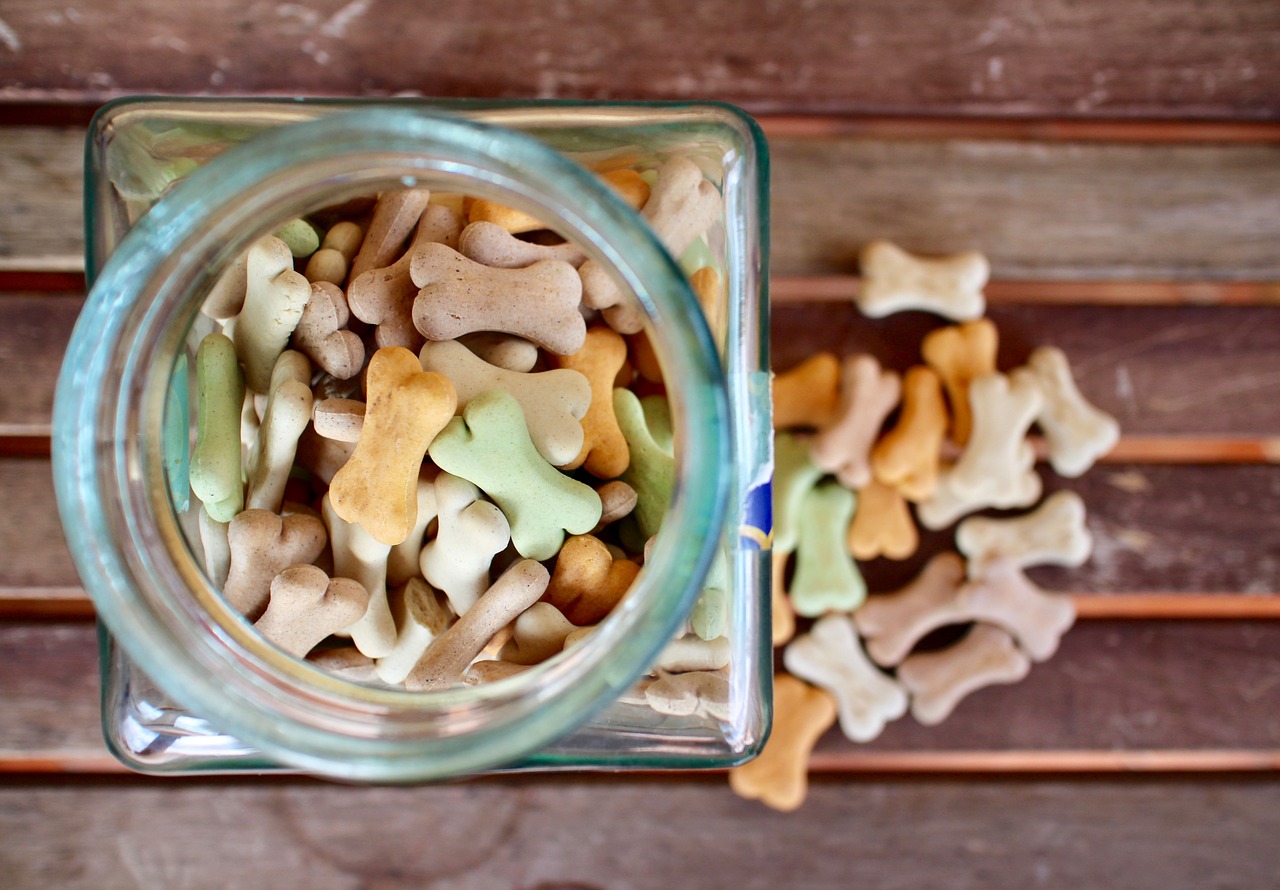
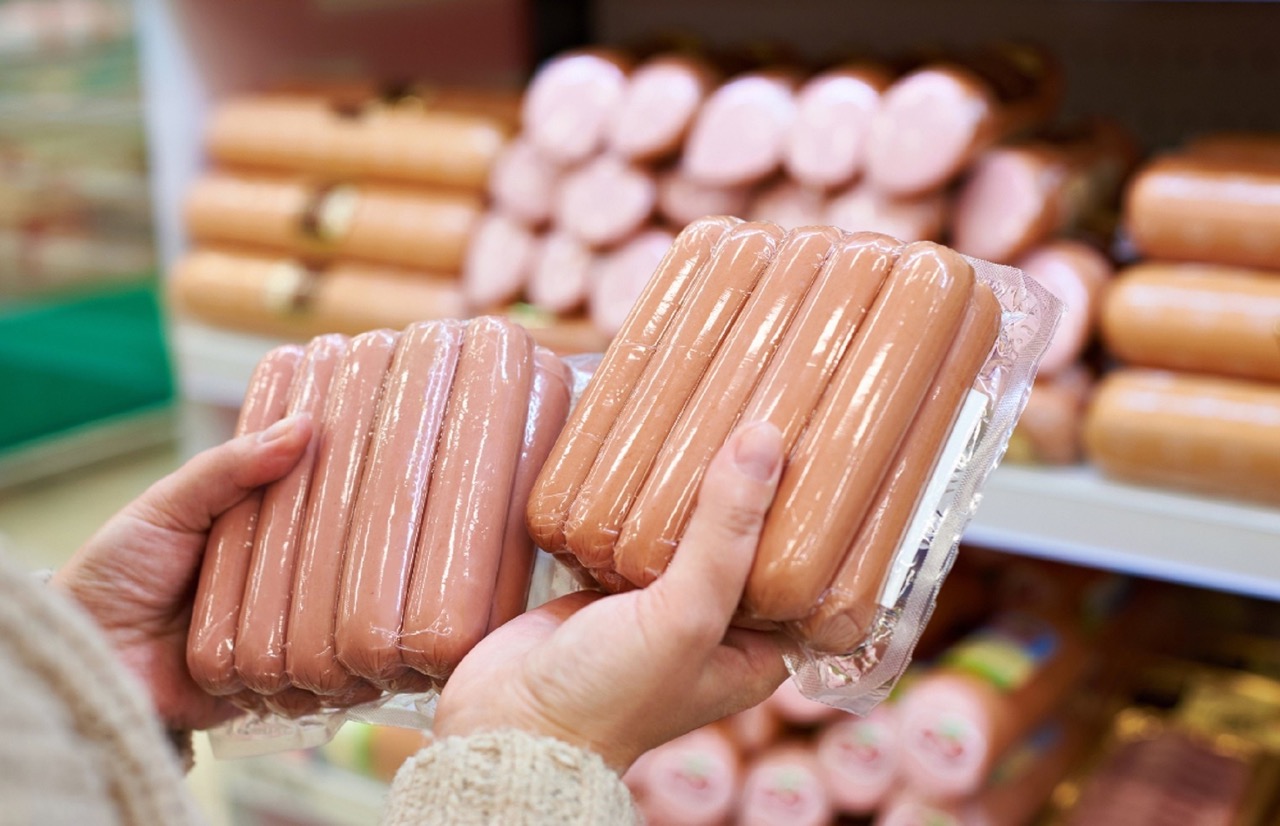
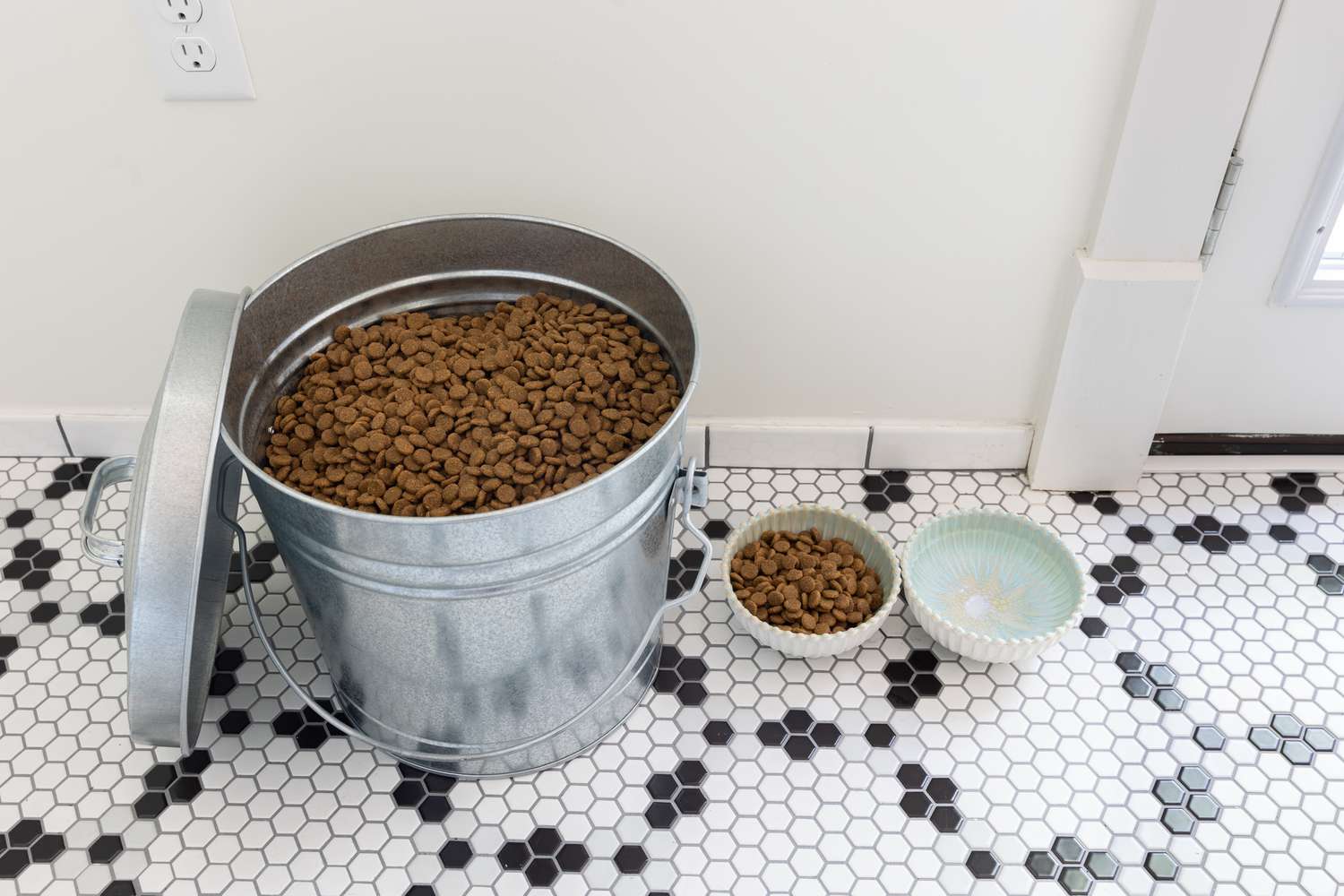
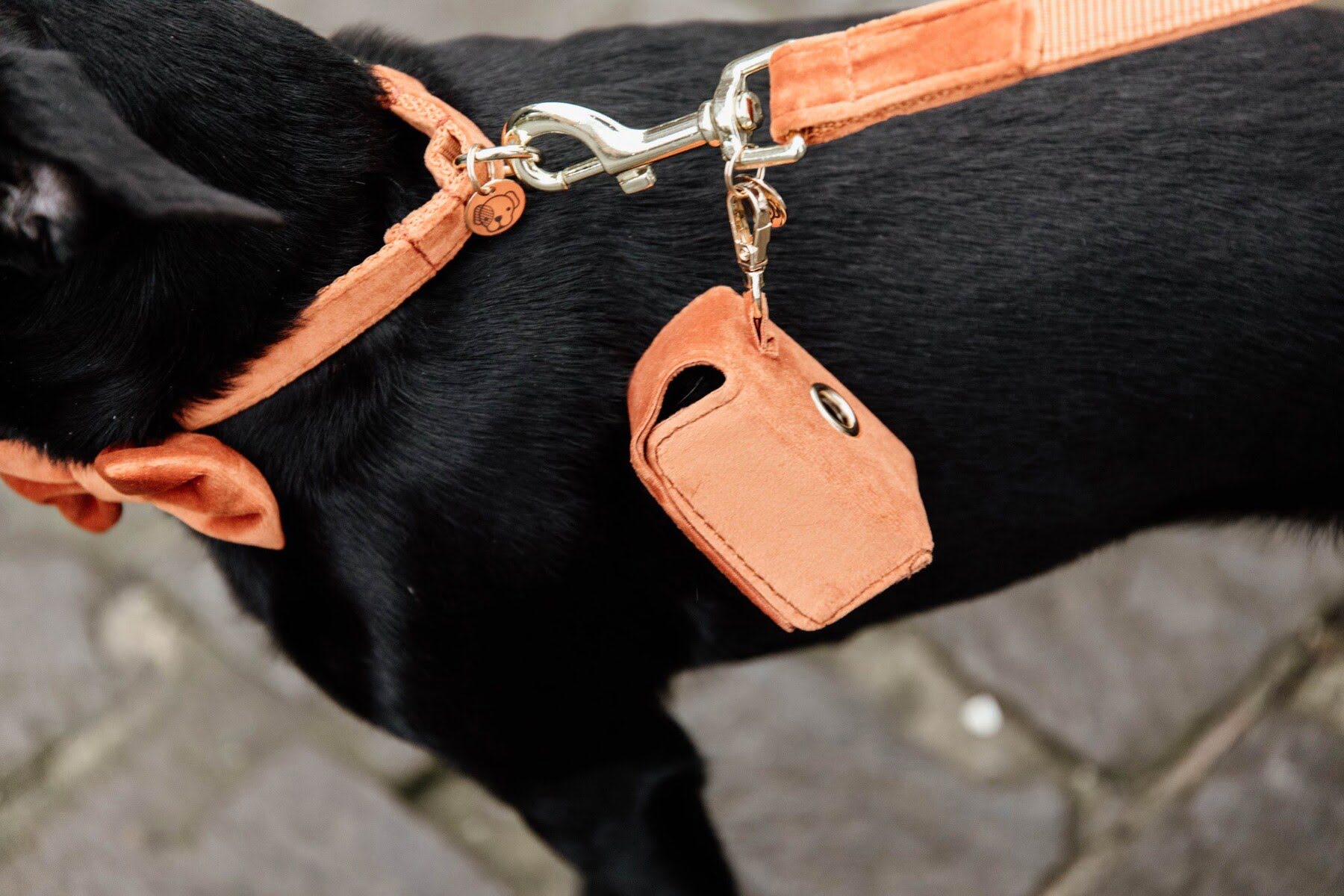

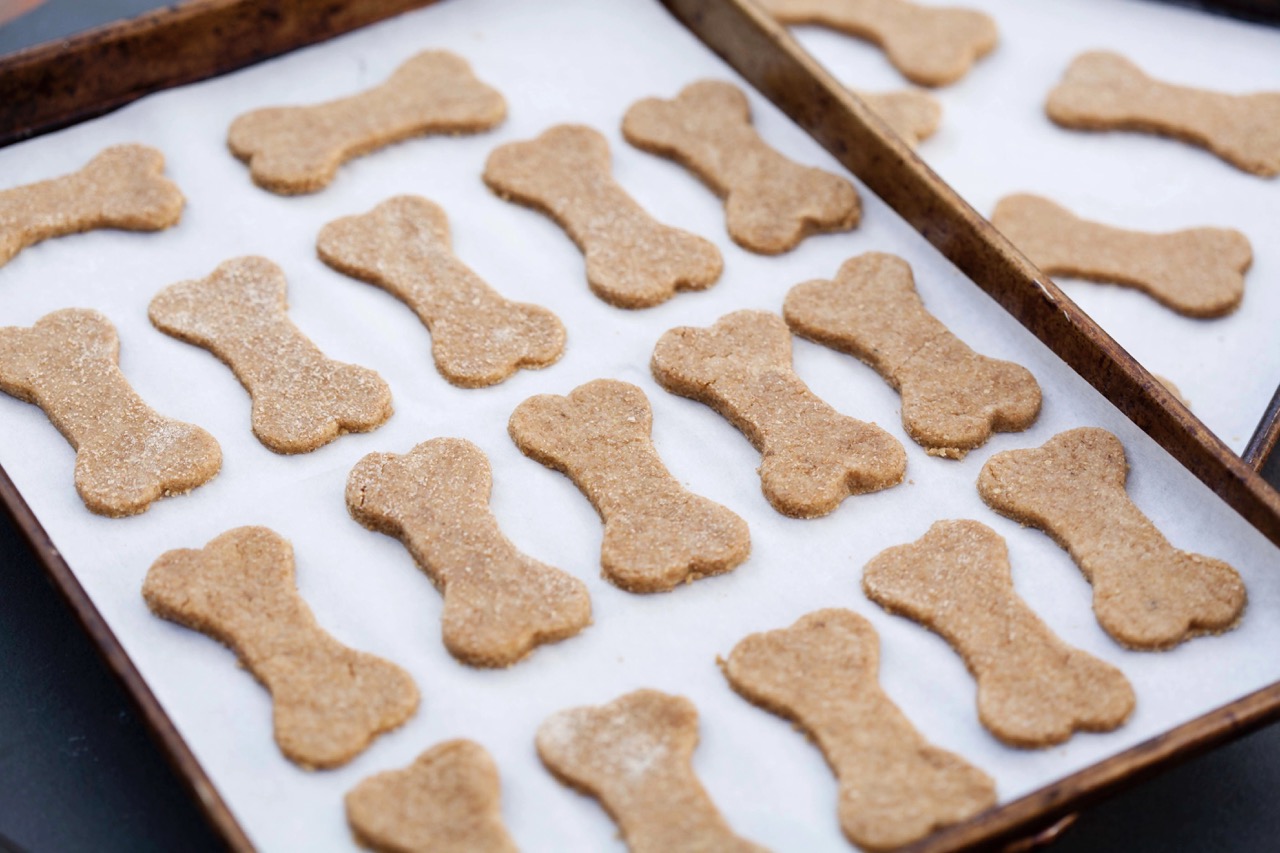
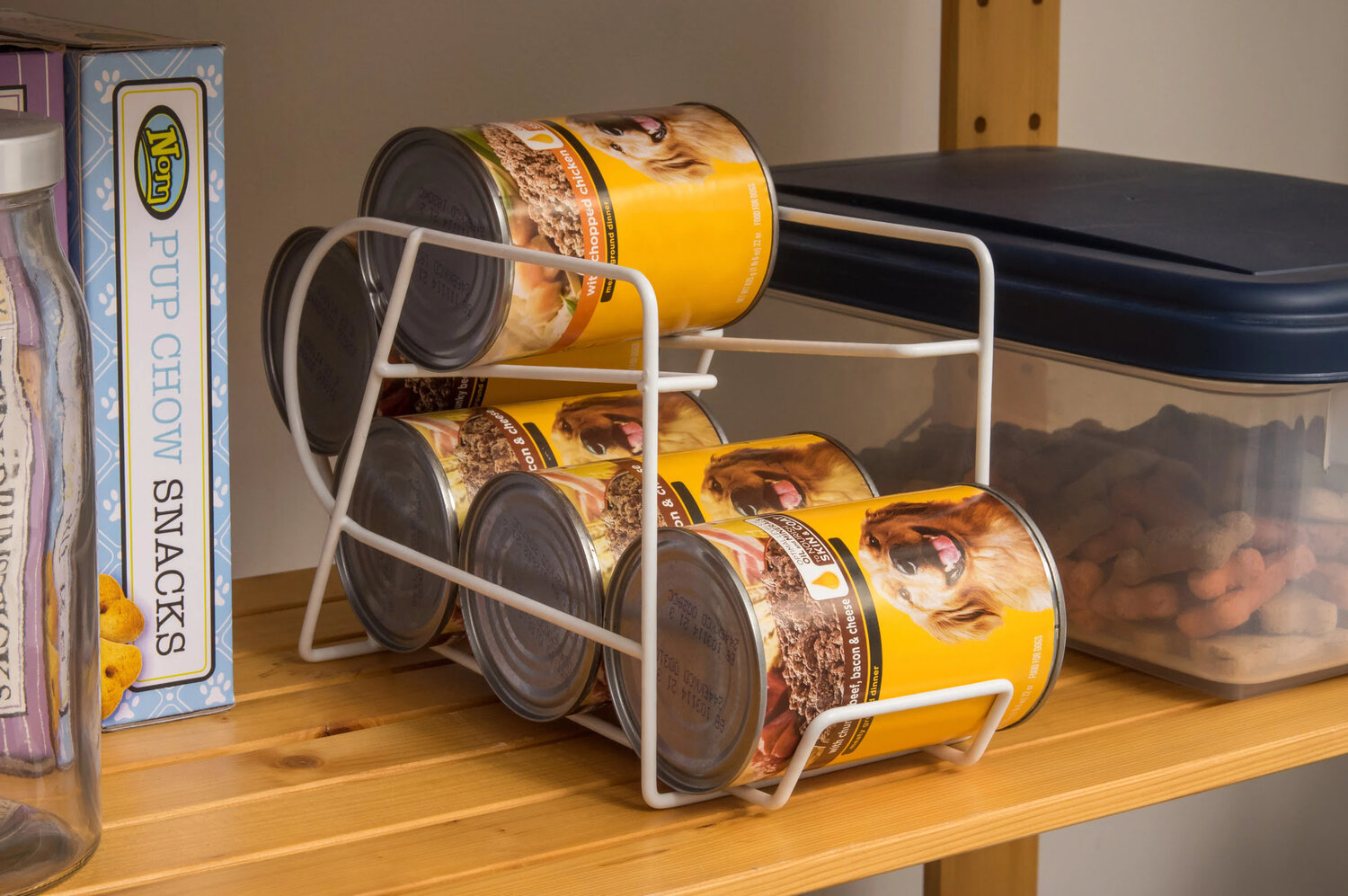
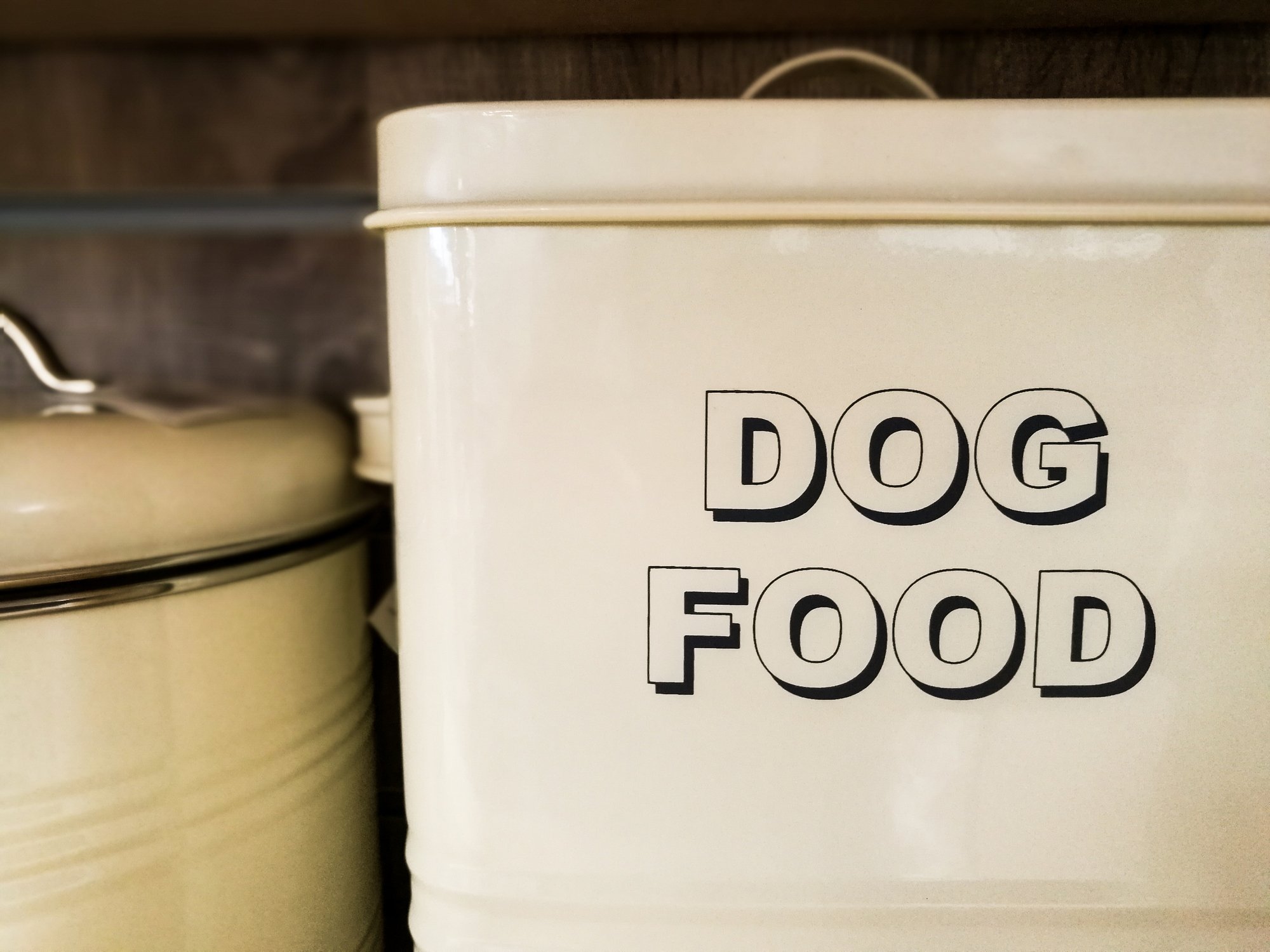
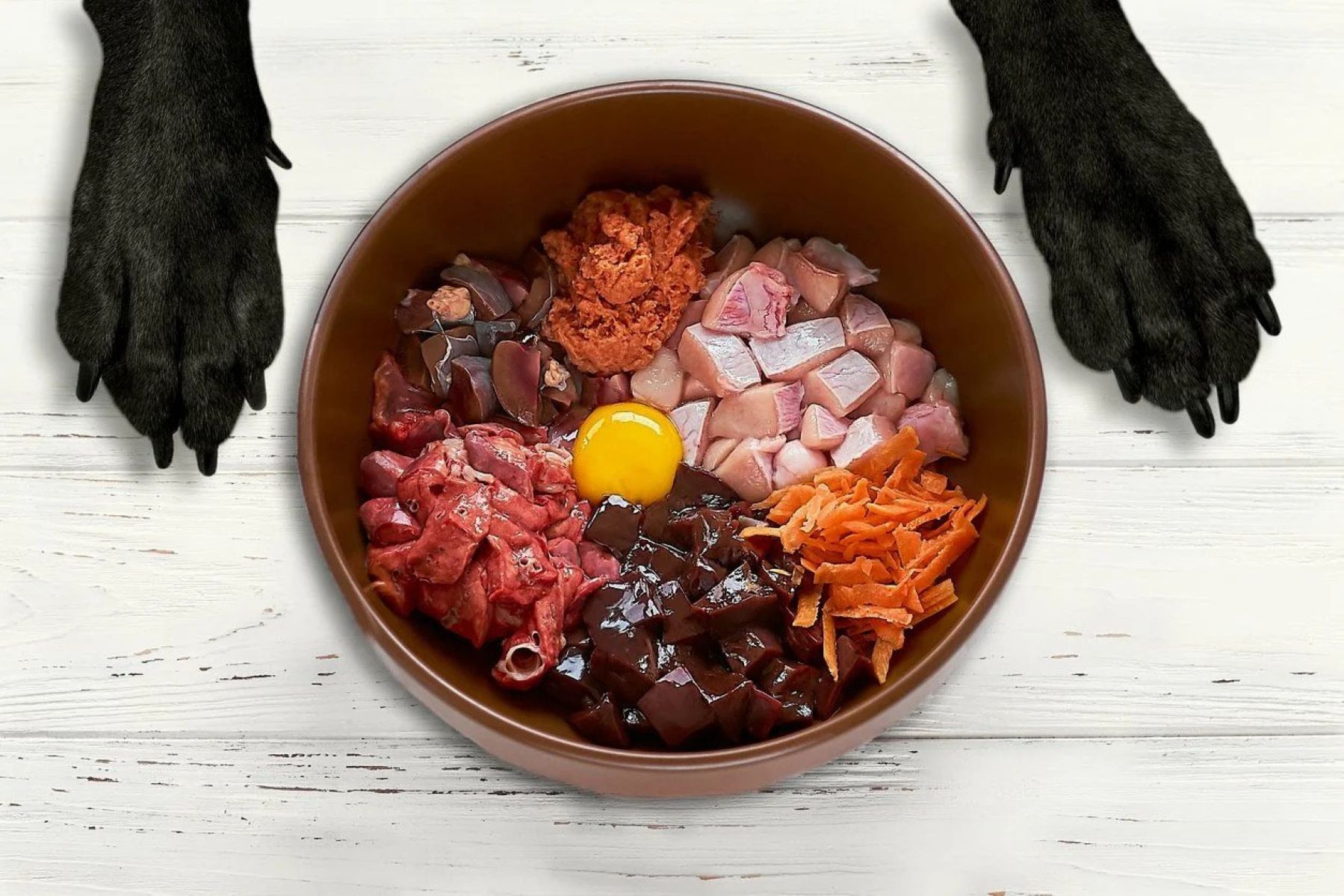
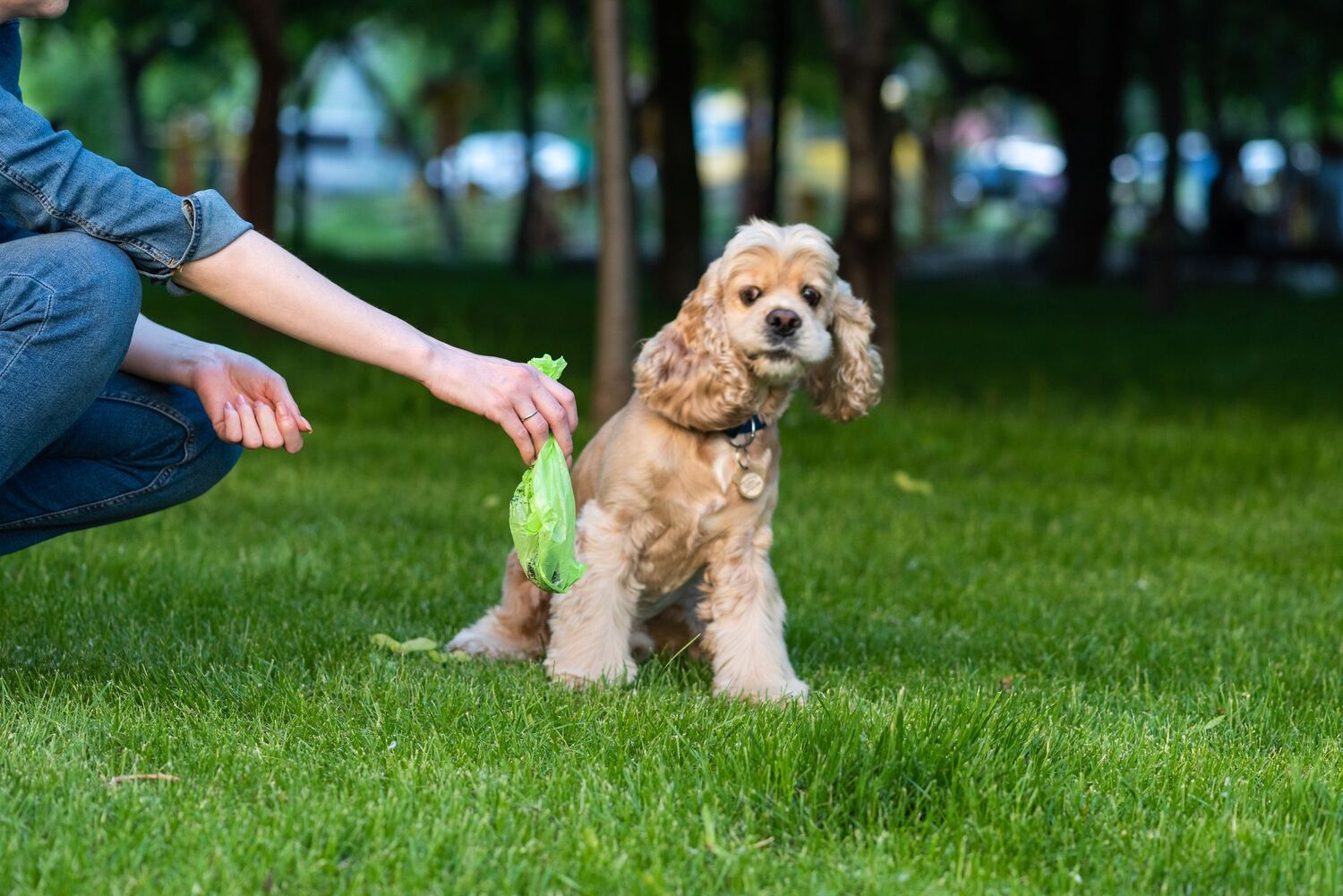
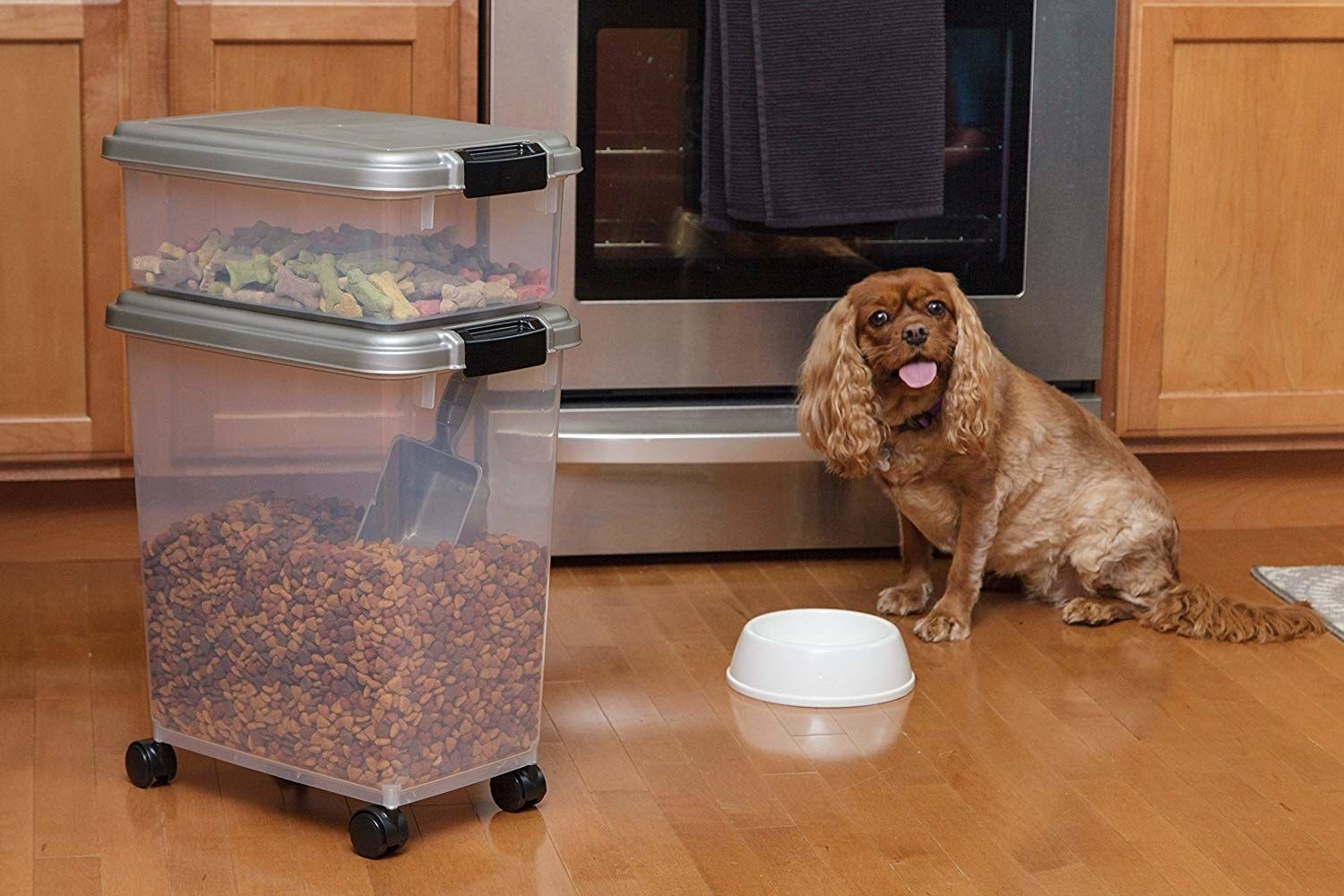


0 thoughts on “How To Store Dog Kibble”